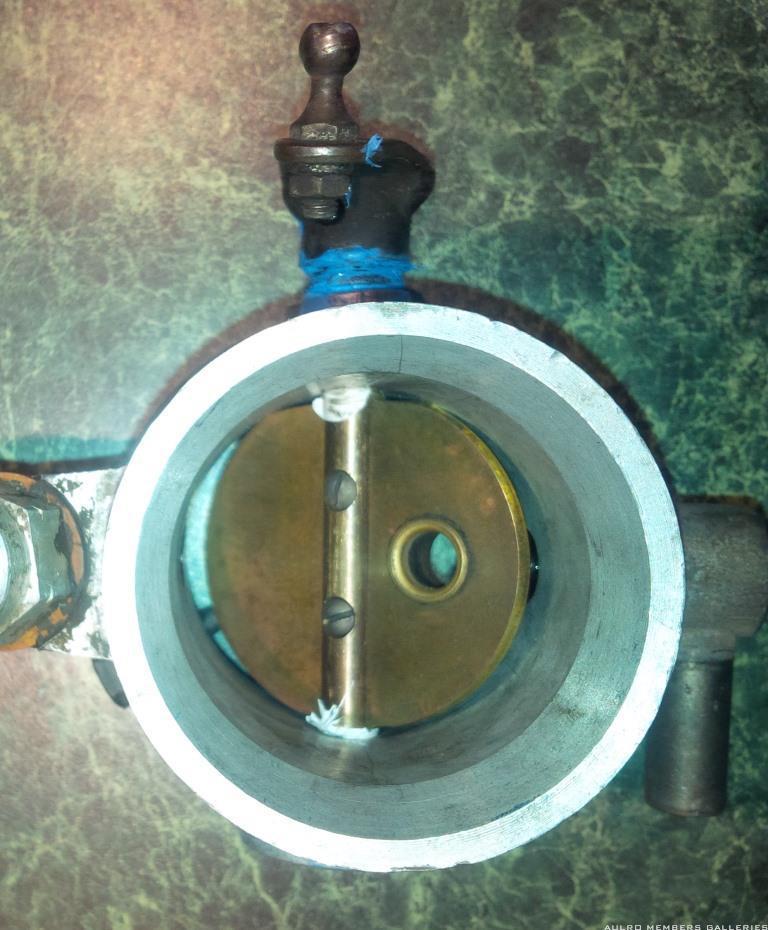Looks an ingenious fix. It will be interesting to see how it wears. I suspect the main source of wear on the bushes and shaft is due to the butterfly fluttering. And it is likely that the loss of vacuum is mainly due to the fact that play on the shaft stops the butterfly from closing completely. (although maybe I may not appreciating how big the gap between the shaft and the bush was!)
John






 Reply With Quote
Reply With Quote




Bookmarks